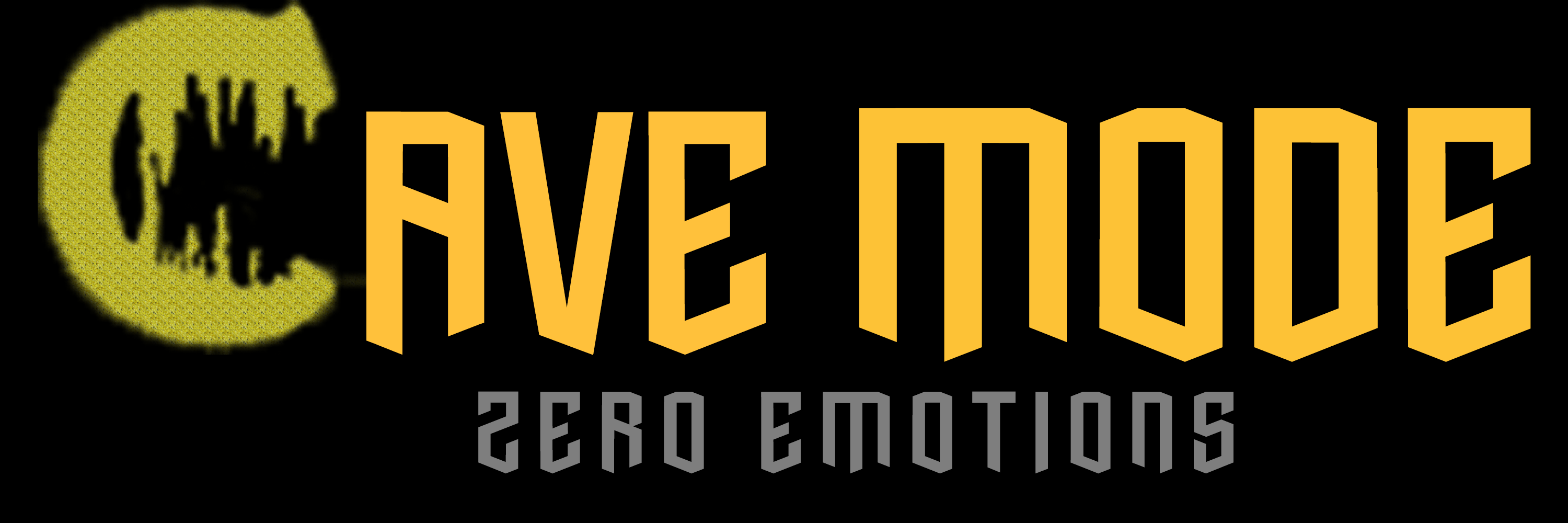The body produces cortisol during stressful situations, active physical activity, or fasting. High cortisol increases adrenaline levels and also makes glucose more available for metabolism – preventing blood sugar from dropping to critical levels.
However, cortisol activates catabolic processes in the muscles, switching the body from the mode of building tissues (one of the goals of strength training) to the process of destroying them. How exactly does the stress hormone affect athletic performance — and how can you lower it?
Cortisol and sports

The adrenal cortex produces cortisol, which regulates carbohydrate metabolism in the body. Due to it, the body can mobilize reserves of fast energy. The main sources of this energy are first glucose and glycogen, and then muscle tissue.
Studies show that in the first minutes of exercise or sports, cortisol levels first rise to 60-65 µg/dL, then drop by almost half and remain unchanged—before starting to rise again after 40-50 minutes.
In comparison, the normal level of the hormone is 10 μg/dl, with a cold it rises to 40 μg/dl, with stress it reaches 80 μg/dl, and with severe shock it rises to 180 μg/dl. In other words, the reaction of the body to the load created by fitness is comparable to the state of a cold.
Is 45 minutes the max for a workout?
On the one hand, the above effect of cortisol leads to the recommendation of limiting sports activities to no longer than 45 minutes. On the other hand, it is necessary to take into account the intensity of the load – the level of cortisol always increases in proportion to the increase in the intensity of the exercise.
In fact, high-intensity exercise is able to activate cortisol production in as little as a minute – while intensity of 50% of VO2max and below (as well as work with weights less than 50% of 1 MP) does not lead to a noticeable increase in cortisol levels even after 45 minutes.
Does Cortisol Break Down Muscles?

Cortisol is one of the main enemies of an athlete, since a high level of this hormone exhausts the body and the central nervous system. Moreover, intense and prolonged training disrupts the metabolism, leading to overtraining.
Elevated levels of cortisol decrease tissue sensitivity to insulin, affecting the metabolism between tissues. One consequence is that subcutaneous and visceral fat can efficiently store carbohydrates.
Despite this, an increase in cortisol is a signal of the effectiveness of training (especially for triggering hypertrophy and muscle growth processes). In fact, low cortisol while exercising is an indicator that the level of exercise was insufficient.
Mechanism of action
Cortisol breaks down muscles into amino acids and glucose, with the latter being present in their composition as glycogen. High blood pressure sends the resulting glucose to the brain, which causes the “adrenaline shock” and the slightly inebriated feeling familiar to most long-distance runners.
The duration, regularity, and intensity of sports activities, along with the use of sports nutrition, play a significant role. Since the key role of cortisol is to release energy, when this energy is present, the body does not receive a signal to produce cortisol.
Recovery Supplements

Fortunately, reducing cortisol production during strength training is quite simple. Both BCAA amino acids and carbohydrates with a high glycemic index are suitable – in both cases, the body will receive fast energy, and catabolism processes will slow down significantly.
In practice, this means consuming 5-10 g of BCAAs before and during strength training, as well as eating 20-30 g of fast-digesting carbohydrates (eg, maltodextrin) immediately after it ends. Endurance training involves the use of isotonics (drinks with carbohydrates and electrolytes).
Exercise on an empty stomach
Separately, we mention that the combination of diet and intense training (especially on an empty stomach) are the main factors in increasing cortisol and a dangerous metabolic disorder. As a result of such a strategy, the body switches into fat storage mode, and not at all into weight loss mode.
To lower high cortisol levels, first of all, you need adequate nutrition and an adequate level of exercise (that is, not too low and not too high). In addition, managing stress is another necessary and important step in lowering cortisol.
The production of cortisol is the body’s response to stress, hunger, or strenuous exercise. Constantly high levels of this hormone can lead to overtraining, chronic stress, increased irritability, and poor metabolism.

